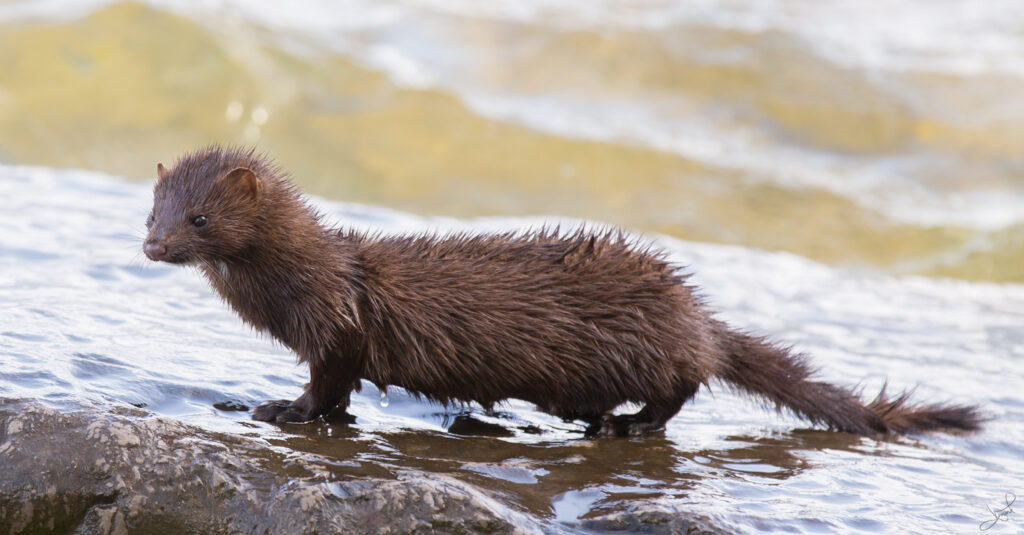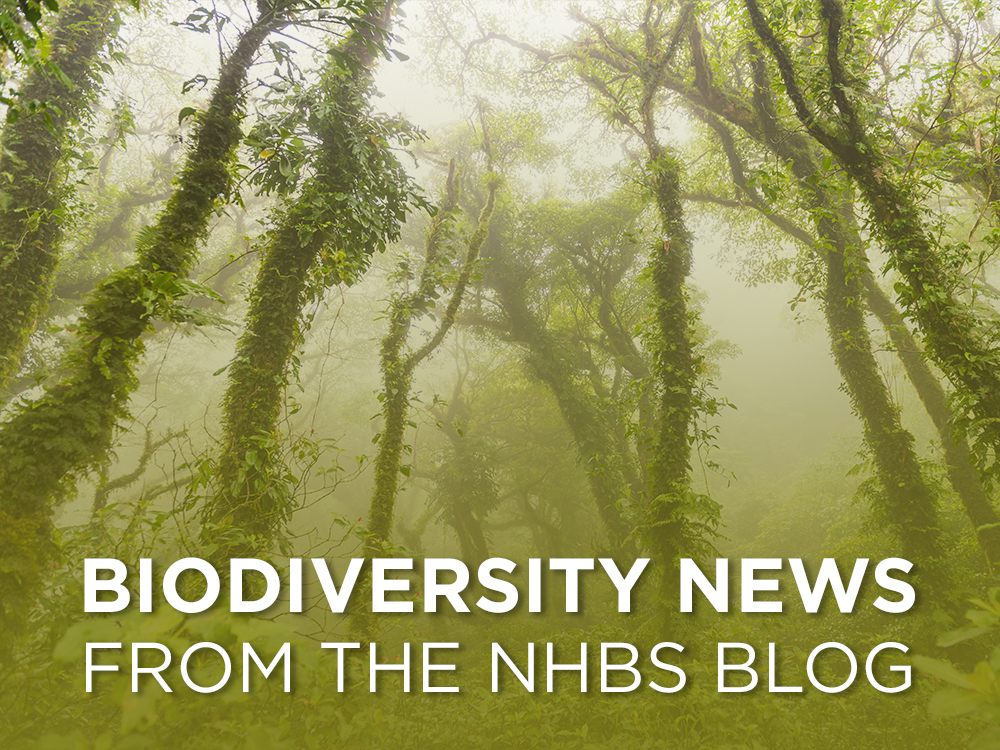Conservation
Britain’s rarest plant has been rediscovered in Britain for the first time since 2009. Having been declared extinct after a 22 year absence, a single Ghost Orchid was recently discovered by Richard Bate who has spent the last 30 years searching for it, marking the end of the plant’s lengthy absence. The location of this rare specimen will remain concealed to protect the delicate flower from trampling and poaching, while scientists work to protect the orchid from natural predators and grazing animals.
DNA analysis is helping to eradicate the American Mink from East Anglia. This invasive species has been decimating Britain’s Water Vole and seabird populations since the 1970s, and authorities are now utilising DNA technology to manage their population. Using this key technology, the Waterlife Recovery Trust can estimate relatedness between individuals, identify how far animals may have travelled and pinpoint access routes to remove re-entry points, thus eradicating populations within the project area. The trust has successfully cleared East Anglia of this invasive species, and have seen no signs of mink reproduction in the core project area, resulting in a distinct increase in Water Vole presence.

The world’s fish stocks are in a worse state than previously thought. Research suggests that the scientific recommendations informing fisheries policy are too optimistic and that more global fish stocks have collapsed or are overfished than originally estimated. The study suggests that around a third of ‘maximally sustainably fished’ stocks are actually overfished, which can lead to phantom recoveries where declining stocks are thought to be recovering. The study calls for simpler, more conservative stock assessments and management that are quantified based on realistic models.
Wildlife
An RSPB survey has revealed a hotspot for a threatened species. Data collected from April to June across East Yorkshire and Lincolnshire has found 420 breeding pairs of Redshank on the Humber Estuary, a hotspot for these threatened birds. With a total population of 22,000, this environment holds around 2% of the entire population and is now considered a highly important area for this species of conservation concern.

A network of wildlife charities is calling for the release of beavers across the UK. Following a successful summer of breeding, the trusts have seen an upsurge in kit sightings throughout the UK, sparking a call for further management and strategy surrounding the species. These organisations are calling for the government to produce reintroduction strategies to facilitate their return across the UK and are urging authorities to allow illegally released beavers to remain in their release sites, of which there are over 1,000 in Scotland.
Environment
Countryside river testing reveals pharmaceutical pollution across the UK. Researchers from the University of York tested 54 locations and revealed contamination at 52 sites, with the most common pollutants including antidepressants, antibiotics, antihistamines and diabetes treatments, among others. The study found that rivers in the Peak District were more polluted than samples taken in London, with a total of 29 active pharmaceuticals detected in the region. This discovery marks concerns for antibiotic resistance, human health and concern for the health of freshwater organisms residing in the waterway.

The EU is being sued by the Climate Action Network Europe and the Global Legal Action Network for failing to set adequate climate targets. The lawsuit was formally filed by the NGOs earlier this year, who argue that climate targets for agriculture, waste, transport and small industries have not been substantiated by the best science and are inadequate in scope to allow the EU to meet the goals of the Paris agreement. The last comments have been filed by the NGOs, and an oral hearing is expected to take place in 2025.

